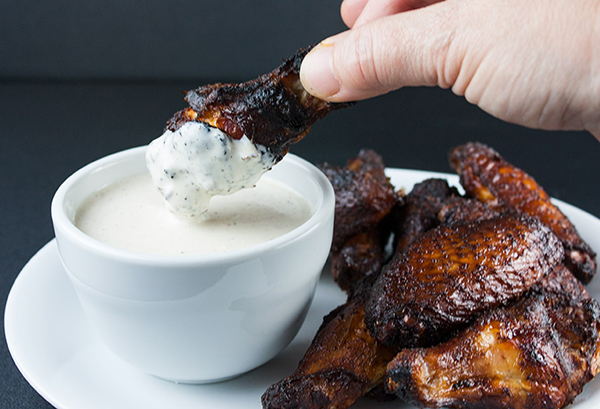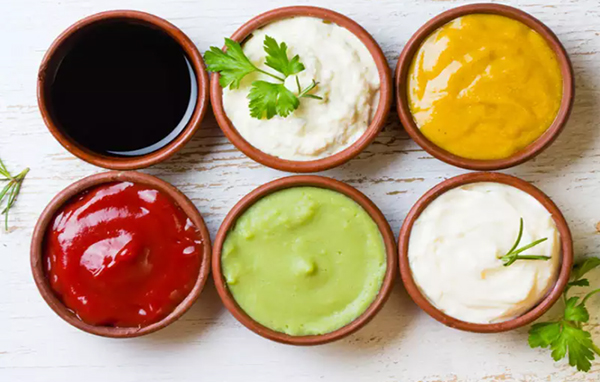Kamado cooking is very popular in USA country,Except need one set of kamado grill, The BBQ sauce is also the necessary ingredient for a perfect BBQ cooking meal.
Like regional barbecue styles, which differ widely in terms of type of meat, seasonings used and so on, there are also various types of barbecue sauces. And while the different sauces do largely correspond with the regional barbecue styles, the sauces themselves can be conveniently grouped by what their main ingredient is.
So let’s look at the four main types of barbecue sauces, which meats they typically accompany and how to prepare and use them. But first a note about barbecue.
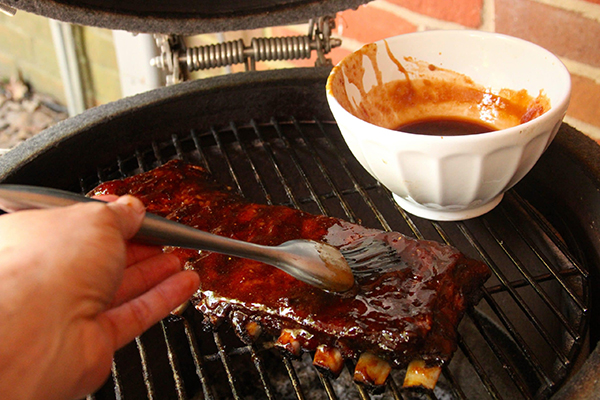
Don't Burn Your Barbecue Sauce!
Probably the biggest problem novices run into when it comes to barbecue sauce is confusing barbecue with grilling . Applying barbecue sauce during grilling will cause it to burn, whereas during barbecue it won’t.
The difference: Grilling is a high-temperature form of cooking which happens relatively quickly, and barbecue sauces will smoke and burn in those conditions.
With grilling, like with chicken breasts for instance, your sauce should either be brushed on at the end of cooking or served on the side.True barbecue, on the other hand, is a low-temperature cooking technique that takes place over several hours.
And there are different sauces in different styles of barbecue (including some styles that use no sauce), but what they all have in common is that at 225 F, which is the typical temperature for barbecue, the sugars in a sauce won’t burn.
Of course, by the time you develop the skill and experience to maintain a 225 F grill temperature for eight or more hours, you will certainly also know what your favorite sauce is and when to apply it to achieve the results you want. What follows is more for the beginning barbecue enthusiast.
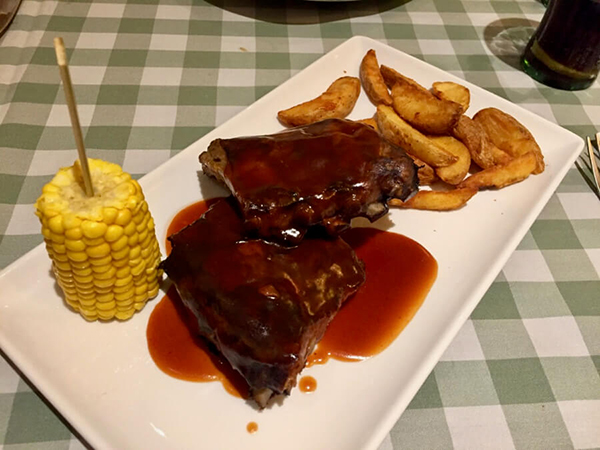
What Barbecue Sauces Do, And Don't
Note too that barbecue sauces don’t moisten the meat. After all, any liquid in the sauce quickly evaporates during the cooking process. What’s left behind are the flavors in the sauce. Therefore the sauce is simply a medium for delivering those flavors.
Indeed, while it’s counterintuitive, with barbecued meats the meat’s natural juices will also have evaporated. Unlike with cooking a steak where the goal is to do it quickly so that as much of those juices as possible are preserved, the long cooking times of barbecue mean that all the meat’s juices will in fact have evaporated.
The sensation of moisture (“mouth feel” they call it) comes from the way the connective tissues in barbecued meat break down and liquefy, basically bathing the protein fibers in gelatin (along with melted fat).
This is why barbecued meats prepared using no sauce whatsoever but only a dry-rub seasoning will still be moist and succulent.
1.Tomato-Based Barbecue Sauces
By far the most common type of barbecue sauce is the tomato-based sauce. And although there are exceptions, the tomato in these sauces is almost always in the form of ketchup. To this ketchup base are added other ingredients, and it’s these, along with the overall consistency (i.e. thickness) of the final sauce, that distinguishes them.
For instance, easily the most popular barbecue sauce, and the type most people would recognize as the quintessential barbecue sauce, is Kansas City barbecue sauce. Sweet and tangy, this thick, almost syrupy sauce features ketchup, molasses, brown sugar, vinegar, as well as cayenne pepper and various other spices like onion powder, garlic powder and the like.
Like Kansas City barbecue, which utilizes every meat from beef and pork to lamb and chicken, KC-style sauce will go on pretty much anything your barbecue or smoker can turn out.
St. Louis, Texas and Memphis barbecue sauces tend to follow this theme, although Texas and St. Louis leave out the molasses, making their sauces thinner and less sweet.
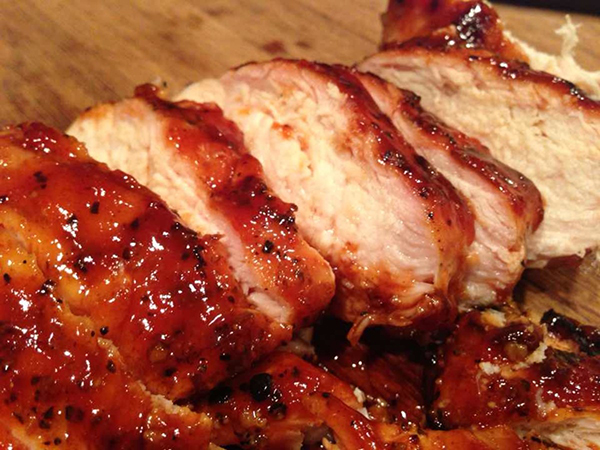
2.Vinegar-Based Barbecue Sauces
Vinegar-based sauces like the ones that predominate the North Carolina style of barbecue are thinner than tomato-based sauces and lean more toward the spicy end of the spectrum. And because Carolina barbecue is all about the hog, these sauces are wonderful to accompany pork, as its astringent flavor helps balance out the fattier pork.
Not that vinegar-based sauces are completely devoid of ketchup. Eastern Carolina barbecue sauce is tomato-free, but the Western Carolina variant, sometimes called Piedmont or Lexington, does contain some ketchup—though not enough to thicken it. It’s still thin and vinegary, albeit slightly pinker than its Eastern cousin.
Both types are employed generously when making Carolina-style pulled pork, whether served on its own or on sandwiches.
3.Mustard-Based Barbecue Sauces
While South Carolina barbecue likewise focuses on pork, the traditional barbecue sauce there is different. South Carolina is where we see the only instance of a mustard-based barbecue sauce, another thin, spicy and astringent sauce that accompanies the region’s characteristic pulled pork sandwiches, especially pork shoulder but also other parts of the hog including the neck and belly.
4.Mayonnaise Based Barbecue Sauces
Here we come to the only true curiosity of the bunch. We’re talking about Alabama’s famous white barbecue sauce, which is made from a base of mayonnaise. Yes, mayonnaise. It might sound like an unusual combination, but it is flavorful, creamy, and simply delicious.
When you consider that mayonnaise is mainly oil and vinegar held together in an emulsion, the idea of using it as a base for barbecue sauce actually makes sense. And of course it’s not pure mayonnaise. It’s mayonnaise thinned out with vinegar and lemon juice, along with various other flavorings and seasonings added in and served accompanying smoked chicken rather than pork.
